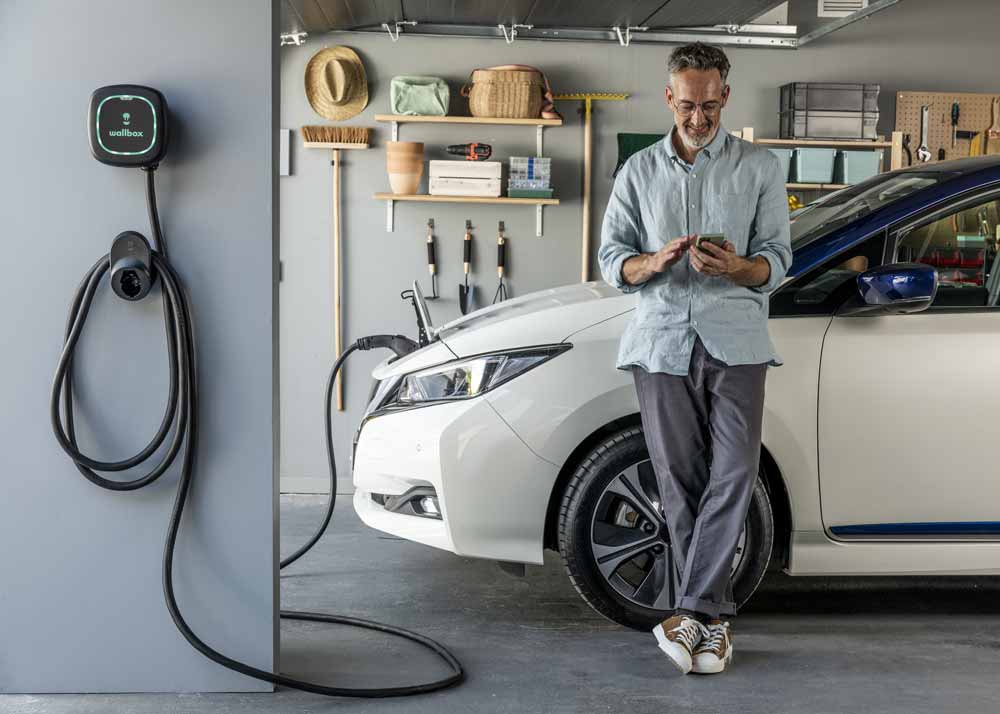Are you ready to take the leap into the future of transportation by bringing the convenience of electric car charging to your doorstep? Learn the ins and outs of “Electric Car Charging Installation at Home” to ensure a seamless and efficient charging experience. This comprehensive guide will walk you through the steps, considerations, and benefits of setting up your personal electric car charging station, making the transition to sustainable driving easier than ever.
Understanding the Need for Electric Car Charging Installation at Home
As the popularity of electric vehicles (EVs) continues to surge, the importance of having a home charging station cannot be overstated. Home charging provides EV owners with the convenience of powering up their vehicles overnight, ensuring they start each day with a full battery. This eliminates the need for frequent visits to public charging stations and offers a level of autonomy that enhances the overall electric car ownership experience.
Setting up an electric car charging station at home involves several key considerations and steps. Let’s delve into the process to help you make informed decisions that align with your lifestyle and needs.
Choosing the Right Charging Equipment
When it comes to home charging, there are two primary types of electric car chargers: Level 1 and Level 2.
Level 1 Chargers:
Level 1 chargers are the most basic and typically come with the electric car itself. These chargers use a standard household outlet (120 volts) and are suitable for overnight charging. While convenient, Level 1 chargers are relatively slow, making them ideal for those with ample time between drives.
Installation Steps for Level 1 Charger:
- Locate a standard household outlet near your parking space.
- Plug in the Level 1 charger.
- Ensure the outlet is not overloaded with other devices.
- Monitor the charging progress using the car’s dashboard or charging app.
Level 2 Chargers:
For faster charging times and increased convenience, Level 2 chargers (240 volts) are the preferred choice for home installations. While they require a dedicated circuit and professional installation, the benefits are significant, especially for those with a higher daily driving mileage.
Installation Steps for Level 2 Charger:
- Hire a licensed electrician to assess your electrical panel’s capacity and install a dedicated circuit for the charger.
- Choose a suitable location for the Level 2 charger, considering factors like accessibility and cable length.
- Mount the charging station on a secure surface.
- Connect the charger to the dedicated circuit and ensure proper wiring.
- Test the charging station to ensure functionality.
Understanding Electrical Capacity and Upgrades
Before installing any electric car charging equipment at home, it’s crucial to assess your existing electrical infrastructure. Older homes may require electrical panel upgrades to accommodate the additional load from the charger. Consulting with a licensed electrician is essential to ensure that your home’s electrical system can support the charging equipment without safety concerns.
Key Steps for Assessing Electrical Capacity:
- Schedule an electrical inspection to evaluate your home’s current electrical panel.
- Determine the available capacity for a new dedicated circuit.
- If needed, upgrade the electrical panel to support the additional load.
Ensuring Code Compliance and Safety
Adhering to local building codes and safety standards is paramount when installing an electric car charging station at home. Non-compliance can result in safety hazards and may impact your ability to obtain necessary permits.
Steps to Ensure Code Compliance:
- Familiarize yourself with local building codes and regulations related to home charging installations.
- Obtain any required permits before commencing the installation.
- Hire a licensed electrician with experience in electric car charging installations to ensure compliance with safety standards.
The Benefits of Home Charging: Beyond Convenience
While the convenience of home charging is undeniable, the benefits extend beyond avoiding the queues at public charging stations.
Cost Savings:
Home charging is often more cost-effective than relying solely on public charging stations. Additionally, many utility companies offer special electric vehicle charging rates, further reducing the cost of powering your electric car at home.
Environmental Impact:
Charging your electric car at home allows you to control the source of electricity, giving you the option to choose renewable energy sources. This empowers you to reduce your carbon footprint and contribute to a cleaner environment.
Read too: Revolutionizing Mobility with the Electric Car Charging Stations Payment System: Empowering the Drive
Conclusion: Charging Into a Sustainable Future
Investing in electric car charging installation at home is a pivotal step towards embracing sustainable transportation. The convenience, cost savings, and environmental benefits make home charging a compelling choice for electric vehicle owners. By following the outlined steps, consulting with professionals, and ensuring compliance with safety standards, you can create a reliable and efficient home charging infrastructure that aligns with your commitment to a greener future.
